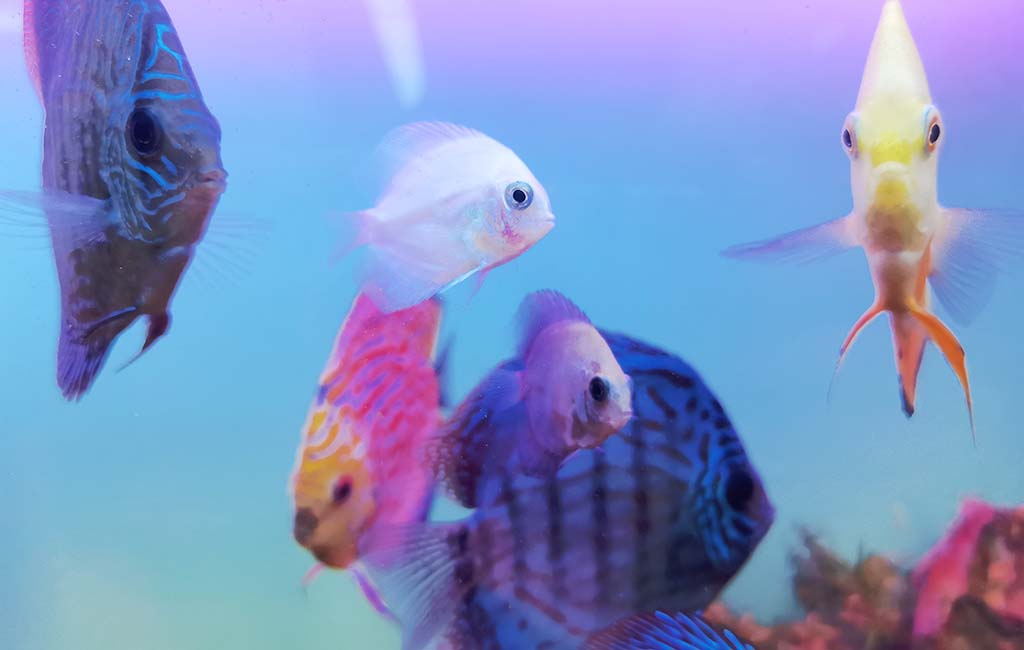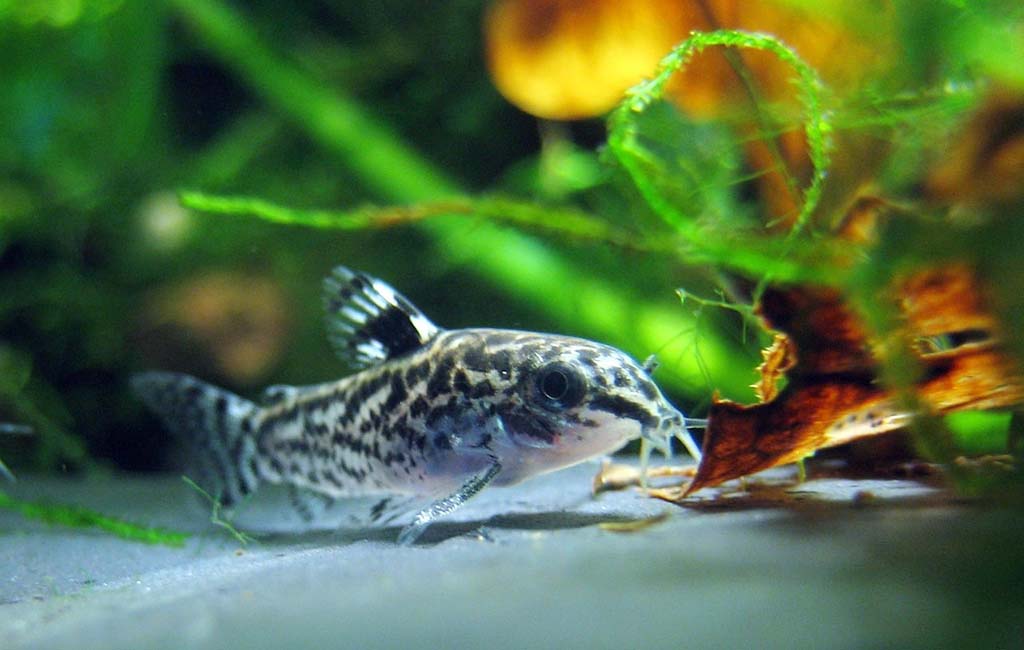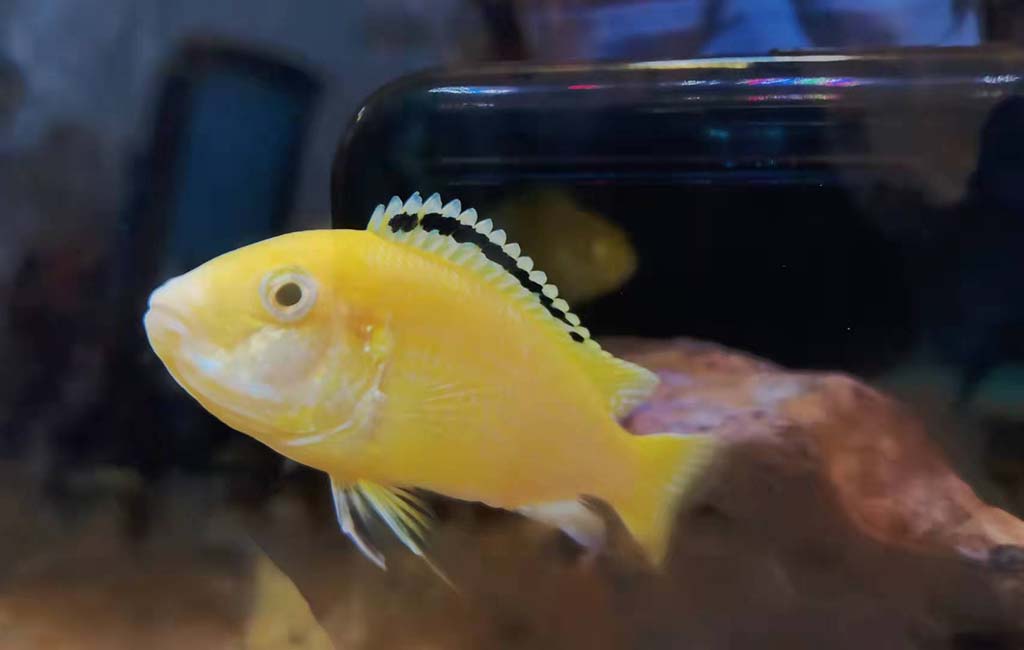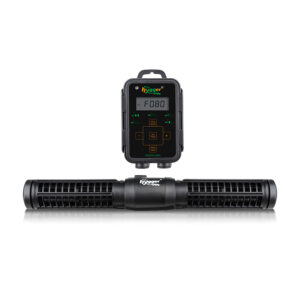The disease commonly known as whirling fish disease or spinning fish disease is a health problem that affects ornamental fish in the wild. This parasitic disease makes the fish swim around in a circle, sort of spiral, and thus stresses and can die at a certain time. It is therefore important for all those who own aquariums and those who venture into fish farming to have some hint regarding this disease, its causes, signs or symptoms, as well as precautions that can be taken for the whirling disease in aquarium fish.
Content Table
Whirling Disease in Fish
Whirling disease is a disease that is brought on through contact with a minute organism called Myxobolus cerebralis. The disease mostly affects cold water fish such as trout and salmon or cyprinids, but may affect most types of fashionable aquarium fish.
Affected fish suffer from skeletal and nerve disorders because the parasite attacks the fish’s cartilage, mostly in the head and spine. Therefore, infected fish show signs of uncoordinated movements in water, the main symptom being whirling or corkscrew movement. It causes not just harm to the overall physical health of the fish, but also has consequences for the water ecosystems. As for any aquarist who finds the disease in the fish, it means a great loss, indeed, since whirling disease in aquarium fish can affect other fish very quickly.

Whirling disease in fish
The Causes of Whirling Fish Disease
Whirling disease comes from the life cycle of Myxobolus cerebralis or Trichodina. This parasite requires two hosts to complete its lifecycle: Fish and one particular sort of worm called Tubifex.
It starts when sporangia and/or oocysts of the parasite are released into water from the infected fish host. These spores are then taken in by Tubifex worms, and in the gut for about one week, turn into a stage known as triactinomyxon. It was established that these free-floating stages can then infect fish through breached skin, gill, and intestinal mucosa. Once the parasite locates the fish, it penetrates the body, and the only visible sign is in the cartilage of the fish, where damage occurs, causing whirling.
Factors that contribute to the spread of whirling disease include:
- Poor water quality in aquariums or natural habitats.
- High fish density increases the likelihood of infection.
- The presence of infected Tubifex worms in the environment.
- Transfer of infected fish or contaminated equipment.
How to Know If a Fish Has Whirling Disease
Detecting whirling disease early is crucial for effective management. Common symptoms of the disease include:
- Erratic Swimming Patterns: Fish infected with whirling disease exhibit uncoordinated, circular, or corkscrew-like swimming.
- Skeletal Deformities: Severe infections can lead to visible curvature of the spine or other skeletal abnormalities.
- Darkened Tail: The tail region of infected fish may appear darker than usual, a symptom known as “blacktail.”
- Lethargy: Infected fish may show reduced activity or appear to be struggling to maintain their balance.
- Weight Loss: Chronic infections can result in malnutrition due to the fish’s inability to feed properly.
If you notice these signs in your aquarium fish, it is essential to act promptly to prevent the disease from spreading to healthy fish.
Aquarium Fish That Are Prone to Whirling Disease
While whirling disease is most commonly associated with trout and salmon, several types of aquarium fish can also be susceptible. These include:
- Goldfish: Due to their popularity and widespread distribution, goldfish are frequently kept in aquariums.
- Koi Carp: These ornamental fish are at risk, particularly in outdoor ponds where exposure to infected Tubifex worms is more likely.
- Tetras and Barbs: These small freshwater species can also contract the disease, especially in overcrowded tanks.
- Cichlids: Although less common, certain cichlid species can become infected if conditions are favorable for the parasite.
Fish kept in outdoor ponds or natural water bodies are at higher risk due to the potential presence of infected Tubifex worms.

Whirling disease in aquarium fish
How to Prevent Whirling Disease in Fish
It becomes apparent that prevention is the best medicine one can take as regards whirling disease in aquarium fish. Here are some effective strategies to minimize the risk.
- Quarantine New Fish: The new fish should be acclimated to the tank conditions before being introduced, and ideally should be quarantined for two weeks.
- Maintain Water Quality: Always ensure that you clean your tank well and ensure that the filtering systems in the tank are the best to minimize stress and infections.
- Avoid Overcrowding: The fish should be given enough space to minimize stress and therefore the containment of diseases.
- Control Feeding Practices: Do not feed too much, and ensure to remove the leftovers, as this tends to attract germs and parasites.
- Disinfect Equipment: Avoid cross-contamination by cleaning nets, siphons, and the like before transferring them to another tank.
- Source Fish Responsibly: Buy fish that comes from reliable breeders who are aware of and control the disease risk of whirling disease.
For outdoor ponds, consider using parasite-free water sources and introducing biological controls to limit the population of Tubifex worms.
How to Treat Whirling Disease in Aquarium Fish
Treatment for whirling disease can be challenging, as the parasite causes extensive damage once it infects the fish. However, these comprehensive steps can help manage the condition and reduce its impact:
- Isolate Infected Fish: Immediately remove affected fish from the main tank to prevent the spread of the disease. Use a separate quarantine tank to monitor their condition.
- Improve Water Quality: Conduct regular water changes and ensure the filtration system is working efficiently. Maintaining optimal water parameters reduces stress and supports the fish’s immune system.
- Medications: While no specific medications directly target Myxobolus cerebralis, antiparasitic treatments such as formalin or potassium permanganate may help manage symptoms and control secondary infections. Always follow the dosage instructions carefully to avoid harming the fish or other tank inhabitants.
- Supportive Care: Provide a balanced diet enriched with vitamins, particularly vitamins C, and E, to bolster the fish’s immune response. Consider using high-quality commercial fish foods or supplements designed for immune support.
- Professional Advice: Consult a veterinarian or aquatic specialist for guidance, especially if the outbreak is severe. They may recommend advanced treatments or diagnostic tests to better address the issue.
Additionally, it’s crucial to address environmental factors to eliminate the parasite from the tank. Here’s how:
- Sterilize Equipment: Use boiling water or aquarium-safe disinfectants to clean nets, decorations, and other tools.
- Replace Contaminated Substrate: Remove and dispose of infected gravel or sand, replacing it with fresh substrate. Consider substrates that discourage the presence of Tubifex
- Monitor for Tubifex Worms: These worms act as intermediate hosts for the parasite. Reduce their population by using biological controls like predatory fish or ensuring the tank environment isn’t conducive to their survival.

Cause of whirling fish disease
Prevention is equally important during treatment. Maintain strict hygiene practices, avoid overcrowding the tank, and quarantine any new fish before introducing them to the main aquarium. With these measures, you can mitigate the effects of whirling disease and safeguard the health of your aquatic pets.
Conclusion
Whirling disease is a common disease that threatens the lives of fish bred in aquariums. Through learning the causes, identifying the signs, and preventing it, aquarists will be in a position to save their fish from this deadly disease. More importantly, keeping water quality standards, especially in newly stocked fish, isolating new stock, and sourcing fish even as fingerlings are some of the measures that can prevent such outbreaks. If you pay attention and provide a careful approach to your aquarium, you may successfully avoid such a threat as whirling disease.




Leave a comment